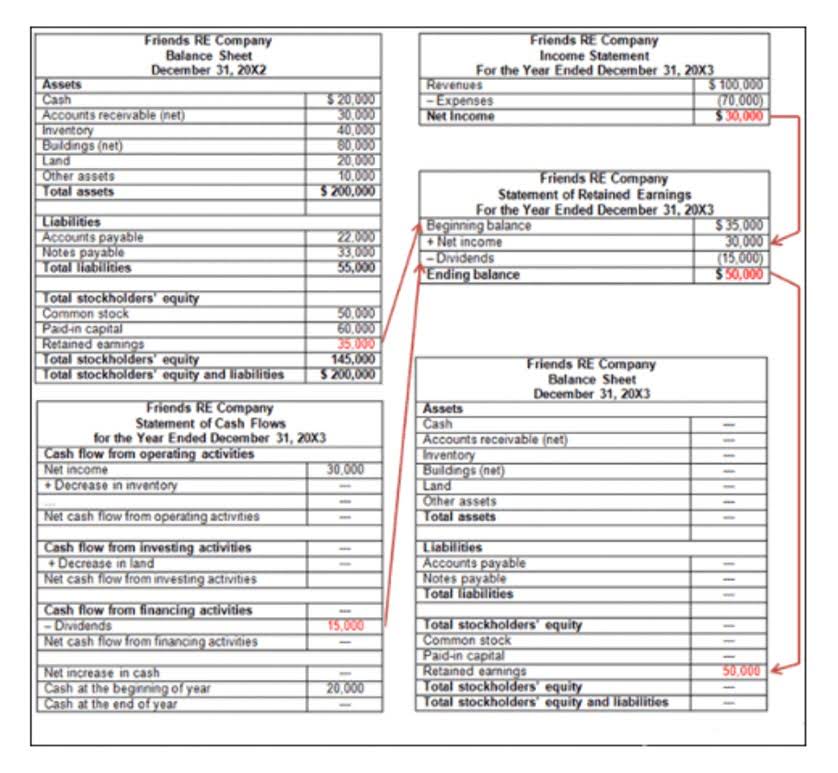
In some cases, an expense may come from several internal accounts because multiple products or services are on a single invoice. When this happens, it is important to note the individual amounts of each product or service along with the invoice number for accurate tracking. If you also make records of the debit from a spending account in a different journal, all of the information should match. This makes it easier to go back and compare transactions to make sure everything matches up in https://vistaoncourthouseuoa.com/what-are-plant-assets-definition-examples/ the case of an audit. The purchases journal might seem like a simple tool, but it plays a crucial role in streamlining purchase recording and maintaining accurate financial records. Each purchase invoice is recorded as a line item in the purchases journal as shown in the example below.
- Businesses often have hundreds of purchases that range from office supplies to services.
- Unlike sales, there are usually many different types of purchases so the Purchases Journal has multi columns to show the detail.
- This procedure ensures that the company’s financial accounts accurately represent its responsibilities.
- Businesses with lower quantities of daily transactions may choose to keep a single purchase daybook.
- Are late payments, inaccurate entries, or uncollected receivables affecting your business?
- Tools like QuickBooks and Xero can generate a Purchase Day Book automatically, reducing the risk of human error.
- Now, let’s discuss the purchase journal in detail, complete with examples and how to record it in the financial statements in this article.
Purchases Journal Accounting
- By understanding its structure, purpose, and mathematical foundations, you can leverage it to make informed financial decisions.
- This is done to avoid the chances of fraud to avoid any unnecessary losses.
- Chartered accountant Michael Brown is the founder and CEO of Double Entry Bookkeeping.
- For a fuller explanation of journal entries, view our examples section.
- It is used in manual accounting systems to simplify the bookkeeping process and is part of the larger double-entry accounting method.
The company can arrange the credit term with the supplier to delay the payment within a certain period of time. Without the credit purchase, the company will not Travel Agency Accounting be able to get the necessary items such as inventory, fixed assets, and so on. Accurately recording credit sales ensures accurate revenue recognition and tracking of outstanding receivables. Businesses may manage cash flow, keep an eye on customer payments, and preserve financial transparency with the help of these journal entries. With these journal entry examples, you’re better equipped to handle credit purchase transactions accurately. In this article, we’ll break down the key journal entries for credit purchases and sales, provide real-world examples, and share expert tips to help you maintain accuracy in your financial records.
Sad Accountant Expert Team
- Drawings are goods or cash withdrawn by a proprietor for their personal use from the business.
- This process consolidates transactions into fewer, larger entries in the general ledger.
- By recording all details of credit purchases, the Purchase Journalsupports accurate cost accounting, enhances internal control, and provides aclear audit trail.
- When implemented carefully, a sound system will help in just-in-time purchases, which will lead to saving in time and money.
- Manual journal entries were used before modern, computerized accounting systems were invented.
The function of the journal columns for the organizations according to their requirements. The purchase ledger records the company’s transactions involving the suppliers’ purchases of the goods and services. It contains detailed information on the purchases made by the company, which helps in the analysis of the different aspects. The balances are aggregated periodically, then posted into the purchase ledger control account.

Four Types & Examples of Purchases Journals

In this blog, we are going to learn what a purchase credit journal entry is with the help of an example and understand how to record it in the ledger. The purchase transaction journal entries below act as a quick reference, and set out the most commonly encountered situations when dealing with the double entry posting of purchase transactions. Let us understand the importance of curating a purchase ledger account that helps a company segregate all expenditures relating to the procurement of goods or services from its suppliers. This example shall give us a practical overview of the concept and its intricacies.
- Think of it as a specialized record-keeper, specifically designed to capture all the purchases a business makes from suppliers – everything from office supplies to equipment.
- Auditors routinely engage in this activity when they are verifying transactions that have been posted to the general ledger.
- Yes, purchasing inventory is recorded as an increase in assets (Inventory account) because it adds physical stock that the company intends to sell for a profit.
- This means that the purchases stated in the general ledger are only at the most aggregated level.
It shows you how much you sold, what it cost, and how much you really earned without having to track every single transaction all year long. This purchase discount of $60 will be offset with the purchase account and be cleared to zero at the end of the accounting period. For example, on October 28, 2020, the company ABC Ltd. receives a discount of 2% on the $3,000 amount due when it makes a cash payment to its supplier on the last day of the discount period. Journal entry errors can result in misleading cash flow, distorted financial accounts, and poor business decisions. purchases journal example Companies can keep precise and reliable records by being aware of these typical mistakes.

On the other hand, if we purchase the goods using cash, we will credit the cash account instead as a result of the cash outflow from our business. Then, we’ll go through a more practical example that includes things like purchase returns and shipping costs—real-life stuff. Both examples come with journal entries and explanations to help you see how it all works in action.
